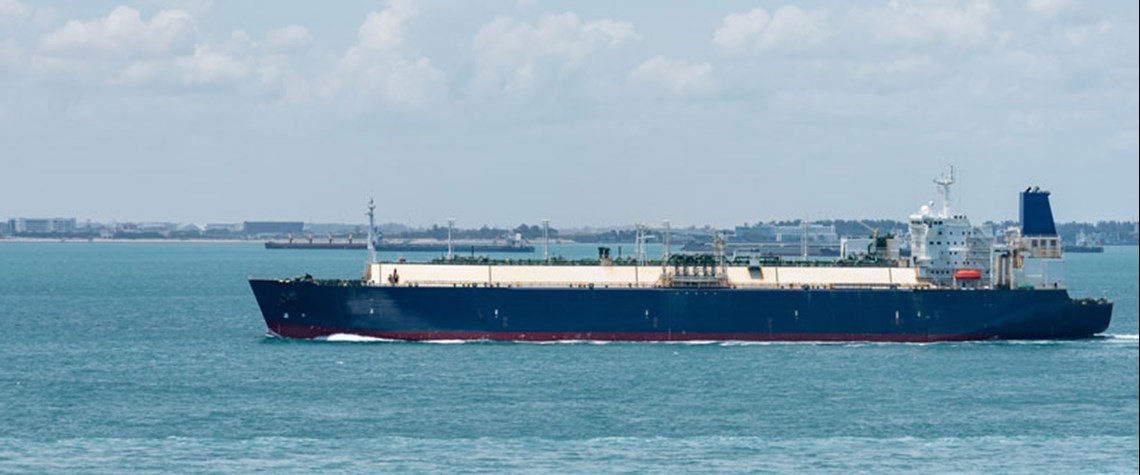Liquids give Qatar LNG negative breakeven – Rystad
Existing Ras Laffan trains could cover costs even if LNG prices went to zero
State-owned Mid-East Gulf gas behemoth Qatar Petroleum’s Qatargas 1 Train 1 has an estimated variable cost of LNG production of just $1.60/mn Btu, according to analysis by consultancy Rystad Energy. But, if pre-tax liquids revenue from associated liquids production is considered, it calculates these costs are offset by oil revenues of c.$2.60/mn Btu. And that brings net costs down to -$1/mn Btu. Qatari production is therefore in the money even if LNG prices moved to zero or even into slightly negative territory. In an increasingly flexible global market, such a scenario is unlikely. But the UK NBP gas market, for example, has briefly experienced negative pricing previously, when North Sea as

Also in this section
26 July 2024
Oil majors play it safe amid unfavourable terms in latest oil and gas licensing bid rounds allowing Chinese low-ball moves
25 July 2024
Despite huge efforts by India’s government to accelerate crude production, India’s dependency shows no sign of easing
24 July 2024
Diesel and jet fuel supplies face a timebomb in just four years, and even gasoline may not be immune
23 July 2024
Rosneft’s Arctic megaproject is happening despite sanctions, a lack of foreign investment and OPEC+ restrictions. But it will take a long time for its colossal potential to be realised







